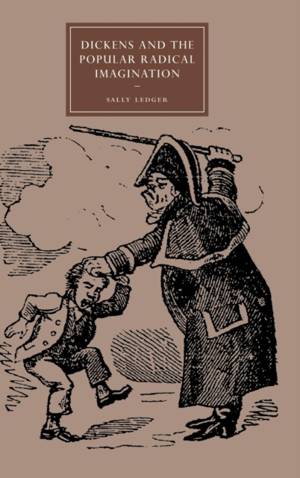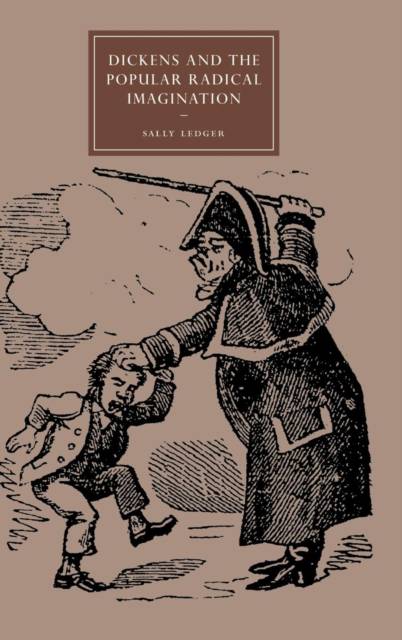
- Afhalen na 1 uur in een winkel met voorraad
- Gratis thuislevering in België vanaf € 30
- Ruim aanbod met 7 miljoen producten
- Afhalen na 1 uur in een winkel met voorraad
- Gratis thuislevering in België vanaf € 30
- Ruim aanbod met 7 miljoen producten
Zoeken
Omschrijving
The relationship between the work of Charles Dickens and popular literature has often been noted, but the extent to which his fiction and journalism were rooted in, and continued to respond to, the popular radical culture of his time had so far been unexplored. Sally Ledger traces the influence of Regency radicals, such as William Hone and William Cobbett, and mid-century radical writers, such as Douglas Jerrold and the Chartists Ernest Jones and G. W. M. Reynolds. She offers substantial readings of works from Pickwick to Little Dorrit, arguing that Dickens's populism bridged eighteenth- and nineteenth-century conceptions of the 'popular', the first identified with the political idea of 'the People', the second identified with a mass-market 'populace' that emerged during Dickens's career. Richly illustrated, this study also uncovers the resonance between Dickens's writings and popular graphic art by George Cruikshank, Robert Seymour, C. J. Grant and others.
Specificaties
Betrokkenen
- Auteur(s):
- Uitgeverij:
Inhoud
- Aantal bladzijden:
- 314
- Taal:
- Engels
- Reeks:
- Reeksnummer:
- nr. 56
Eigenschappen
- Productcode (EAN):
- 9780521845779
- Verschijningsdatum:
- 16/04/2007
- Uitvoering:
- Hardcover
- Formaat:
- Genaaid
- Afmetingen:
- 164 mm x 234 mm
- Gewicht:
- 648 g

Alleen bij Standaard Boekhandel
+ 345 punten op je klantenkaart van Standaard Boekhandel
Beoordelingen
We publiceren alleen reviews die voldoen aan de voorwaarden voor reviews. Bekijk onze voorwaarden voor reviews.











